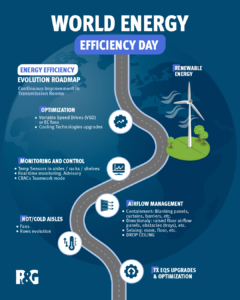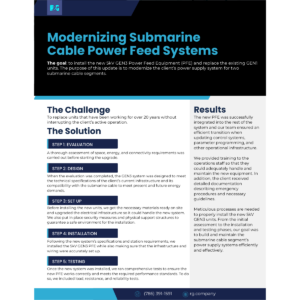This technological evolution includes the adoption of technologies such as 5G, edge computing, and artificial intelligence, which require a robust infrastructure of data centers and more submarine cables netwoks. Brazil and Mexico are the leading digital hubs. The key takeaway from Connect DCD Cancun is the recognition of Mexico’s expansion and the identification of some energy-related challenges. However, growth in zones like Yucatan’s Peninsula is paving the way for the installation of new submarine cables and the expansion of data centers.
Infrastructure companies like Telxius, America Movil, Gold Data, Liberty Latin America (LLA), Sparkle and Trans Americas Fiber are making significant investments in a new generation submarine cables. Some of them like Tikal-AMX3 (the latest cable developed jointly by América Móvil and Telxius) will be connecting Puerto Barrios in Guatemala with Boca Raton in the United States. This cable is expected to have an initial estimated capacity of 190 Tbps, making it one of the highest-capacity submarine cables in the region. Furthermore, the route will include a stop in Cancún (Mexico) and Barranquilla (Colombia).
MANTA a submarine cable owned by a consortium of Gold Data, Liberty Latin America (LLA) and Sparkle is a new pan-regional subsea cable system which will provide a unique high-capacity, low-latency routes between Mexico, Panama, Colombia and the US, significantly improving connectivity in the region. With a length of approximately 5,600 km and a 20 Tb per fiber pair design, MANTA will revolutionize data traffic in Latin America and the Caribbean.
The MANTA subsea system will be the first international submarine cable in the Gulf of Mexico, connecting Mexico and the USA with Central and Latin
TAM-1owned by Trans Americas Fiber group is the first fiber optic cable specifically designed to meet the exploding demand for data in the trans Americas region, revolutionizing connectivity solutions through state-of-the-art products and services. The initial system rollout covers more than 7,000 km and will link Florida with Central America and the wider Caribbean. This is the first stage of a broader digital infrastructure project which will be carried out over the next five years creating a low latency, high reliability, scalable and flexible network covering the entire Caribbean Basin, with extensions to pacific South America.
However, the region faces challenges such as a lack of fiber optic networks in secondary areas, energy issues, and a shortage of specialized talent. Despite these obstacles, infrastructure is expected to continue evolving, positioning Latin America as a key player in the global digital landscape. New models like modular data centers, which make installation services more efficient, are being incorporated. At R&G, we are working on integrating this model to achieve better results, always at the service of the customer.
Written by Roberto Paz CEO-Founder, R&G TELECOMM GROUP




